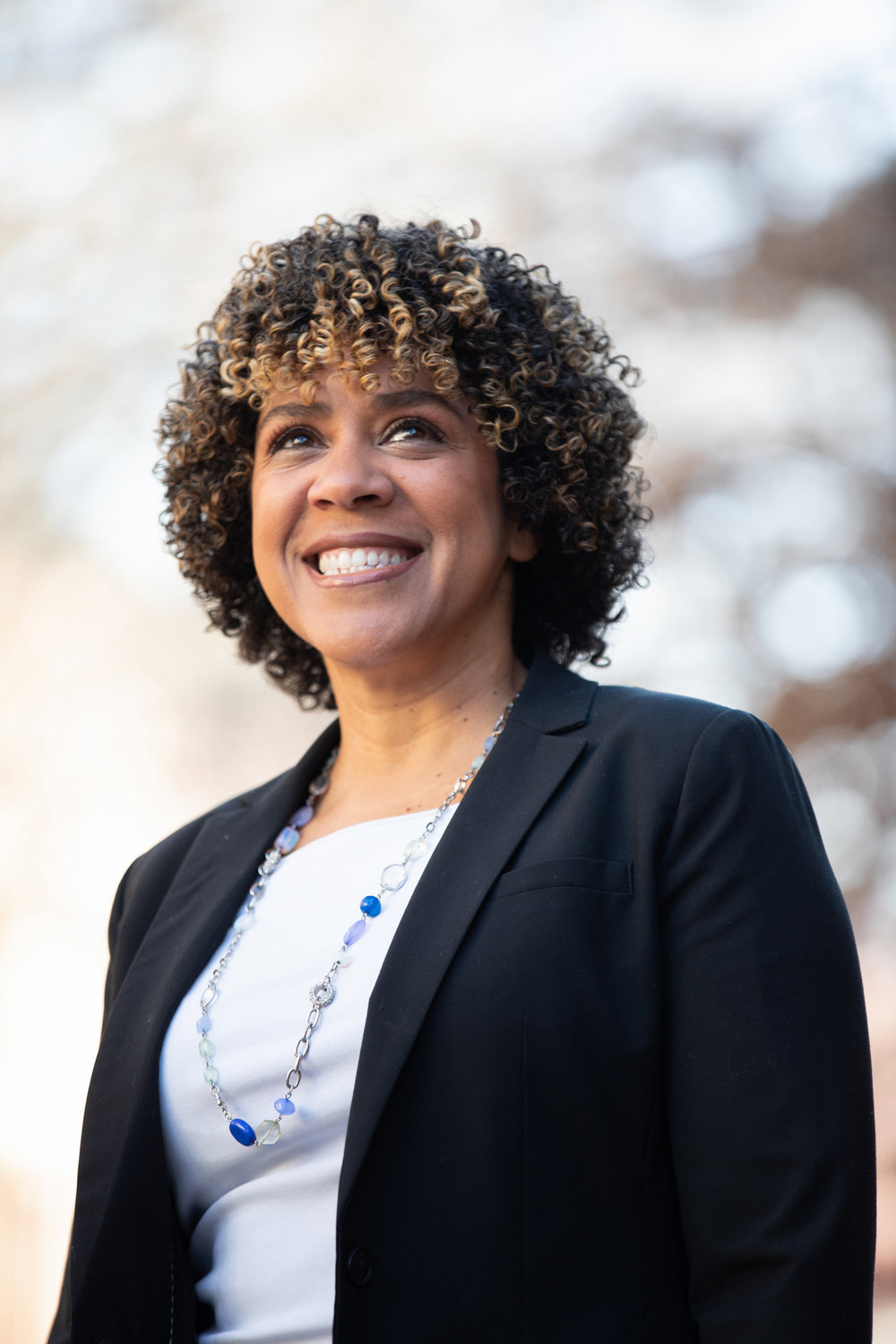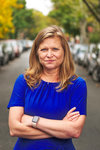What about everything kids aren't learning in classrooms?
Whoever moves into Gracie Mansion as city’s next mayor will have to reckon with some unprecedented challenges
Education is a topic of interest in almost any community. But in larger cities like New York — where the mayor calls many of the shots for public schools — it’s even more important to know where those seeking to become the city’s highest-ranking government official stand on the issues.
Even beyond the coronavirus pandemic, that has thrown schools into chaos over the past year, the city isn’t without controversial debates in its education policies. Many center around screening students academically at the elementary, middle and high school levels, or around accessibility for students with unique learning needs.
But when the city’s next mayor takes office next year, it likely will still be reckoning with the adverse effects of the coronavirus pandemic. Education is no exception, and many of the mayoral candidates in a crowded primary race have their own perspectives on just how they will address the old and new challenges that come with managing the nation’s largest public school system.
Some of those candidates shared their thoughts on education at a recent panel hosted by the education law and policy societies of Columbia and New York University law schools. Among those attending were Brooklyn borough president Eric Adams, former HUD secretary Shaun Donovan, accountant Quanda Francis, city comptroller Scott Stringer and attorney Maya Wiley.
Notably absent, however, was former presidential candidate Andrew Yang, who was forced to withdraw at the last minute.
Foremost on many minds: How should public schools address the learning loss faced by students thanks to the pandemic — a loss which seems to have an amplified effect on students with disabilities, English language-learners, homeless students, and those from other marginalized populations.
Some candidates — like non-profit director Dianne Morales, Donovan and Stringer — felt it was important to create a mental health infrastructure in public schools to help address COVID-related trauma. Others, like Adams, believed some out-of-the-box thinking was needed in order to supplement that loss.
“We should not have allowed the summer months to go without some form of extended education,” Adams said. “We should have utilized those months. I don’t believe we can continue to follow the agrarian calendar. We must use remote learning in a real way to catch up.”
The coronavirus also brings concerns about school safety — something many of the candidates believed needed to be addressed more. Five of the candidates committed to removing police from schools completely and advocated for reallocating much of the New York Police Department’s budget to instead support the education department.
Beyond the coronavirus, however, are equity issues— including school segregation. While “separate but equal” was a matter settled long ago, many schools still don’t receive the resources they need, Brooklyn councilman and mayor candidate Carlos Menchaca said, especially schools largely serving students of color or other marginalized groups.
Menchaca cited some progress in that regard made in his home borough, where middle school screens were eliminated. But Menchaca noted it wasn’t just about segregating students, but their resources.
“When we brought parents together from Sunset Park and Park Slope, we had so much trouble because they were talking about very different needs,” the councilman said. “Parents from Sunset Park were asking for more resources for their schools that were overpopulated, that didn’t have space for art and music programs.”
But middle school screenings weren’t the only issue contributing to school segregation, some of the candidates argued. Stringer noted his own experience navigating the gifted and talented program, and thought it wasn’t going about evaluating students in the best way.
“I have two kids in the G&T program,” Stringer said. “They tested my 4-year-old to get in. It doesn’t make sense. We cannot keep testing 4-year-olds for G&T.”
Morales and Donovan also took issue with the Specialized High School Admissions Test, the sole criteria for admission into eight of the city’s most prestigious high schools — including the Bronx High School of Science and the High School of American Studies.
Morales — herself a graduate of Stuyvesant High School — believes the test should be abolished completely. And while Donovan doesn’t support scrapping the test immediately, he does believe some major reforms are needed to high school screens, citing the incoming class to Stuyvesant last year.
“We should be very clear that 10 Black students this year (and) seven last year at Stuyvesant is completely unacceptable,” Donovan said. “I believe that we can take that on, modify the test, and if necessary — if we don’t get results — get rid of it.”
The state of the city’s education system appears to many to be just as — if not more — complicated than it was this time last year. But each of the mayoral candidates believed they had powerful ways to make it more equitable for the city’s public school students.
“As mayoral candidates think about COVID-19 recovery, schools must be front and center,” said Randi Levine, policy director of Advocates for Children of New York, who hosted the panel.
“Schools are one of the most essential services the city provides, and they have always been the best hope for our city’s future.”















